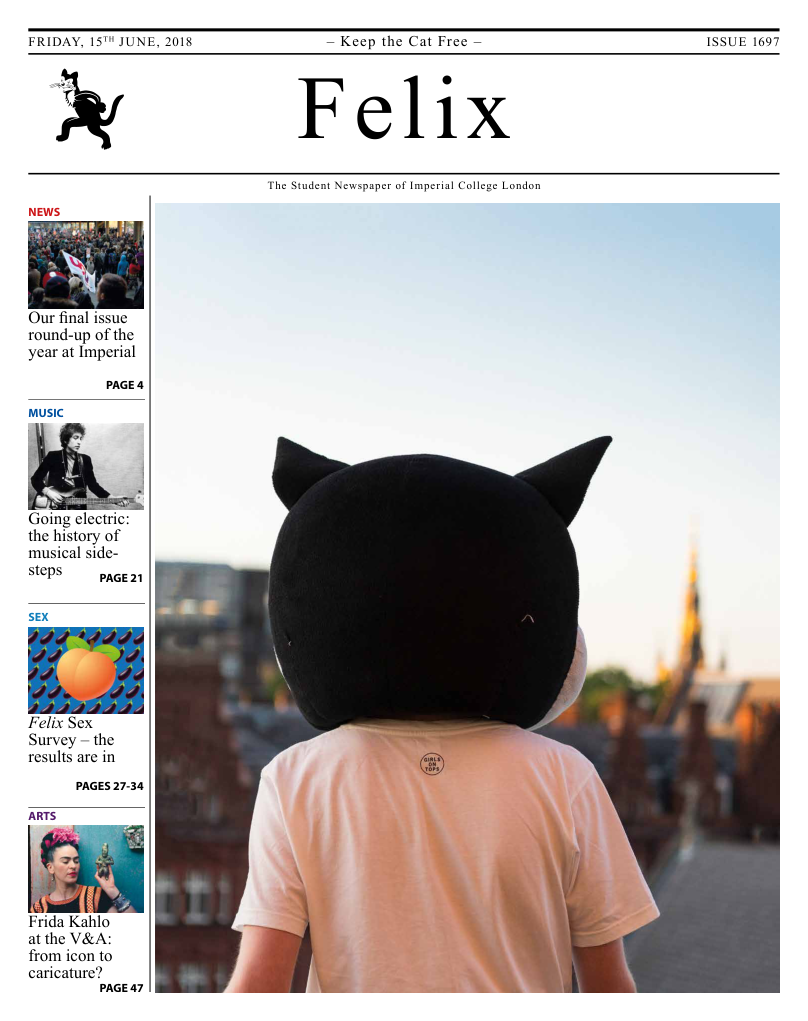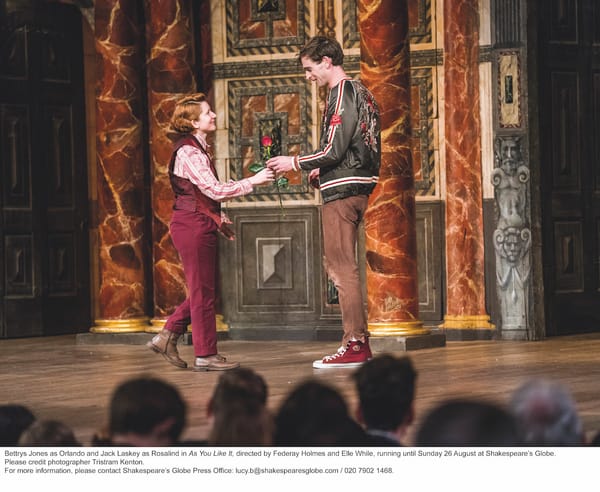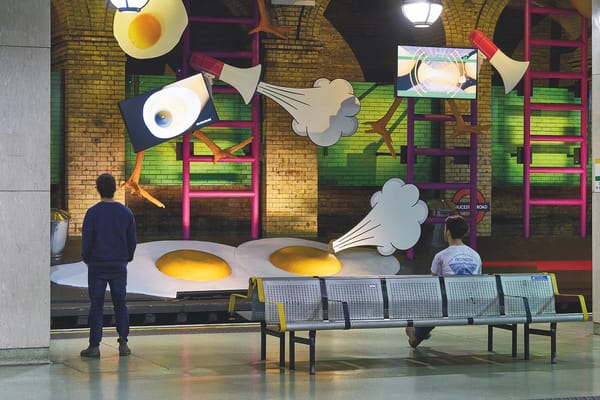Thomas Cole – Will we lose our Eden?
In the first UK exhibition dedicated to the great American landscape artist, Arts Writer Helen Money-Kyrle is awestruck at the grandness Cole’s paintings and poignancy of environmental message.

Born in 1801 during the height of the Industrial Revolution, Thomas Cole was to become one of the greatest landscape painters in American history. Having grown up in Lancashire, England, he moved to America with his family at the age of seventeen, determined to become a painter. Still well-known in America, he was highly popular at the time, and his awe-inspiring depictions of the American wilderness have continued to influence succeeding generations of artists and the public alike.
Entering the exhibition, I can see why his early works were, and still are, so admired. Dramatic and romantic, Cole’s View of the Round-Top in the Catskill Mountain places us on the top of a mountain as we look on towards another mountain, the wild and untouched landscape stretching far into the distance. Close to us, a couple of windswept and gnarly trees add to the sense of depth of the painting, making the mountain and distant river feel far away, as wispy clouds make us realise how high up we must be. We are left in awe of this huge mountain; a formidable work of nature that feels more permanent than anything humans could build.
Having established himself as an artist in America, Cole traveled to England and Italy (1829-1831), where he saw much art which inspired him and met with a number of influential artists, including JMW Turner. Cole was a fan of Turner’s early work, evidenced by his borrowing of the dramatic clouds in Turner’s Snow Storm for his greatest work The Course of Empire. Being largely self-taught up to this point, he studied fine arts in Italy, and experimented with new techniques such as that of oil sketches, which he took with him back to America and shared with other artists, in what was to be later dubbed the Hudson River School movement.
“Entering the exhibition, I can see why Cole’s early works are still so admired”
As the exhibition transports us chronologically through his life and work, so too we see pieces by those that inspired him. I was particularly taken by Hadleigh Castle by Constable, which caught my attention just as it caught that of the young Cole. The ruined castle is set in a rugged, coastal landscape; the dark colours used for the scenery contrasting with an almost obsessive array of white highlights across the entire scene, giving the castle a mystical, haunting feel. The painting shows the decline of what was once a great manmade structure, with nature reclaiming the crumbling building for itself. This rise and fall is one that resonated with Cole, forming a running theme through much of his work.
His greatest series, The Course of an Empire, depicts the rise and fall of a civilisation, with each scene set in the same imaginary location with its distinctive mountain peak. As time passes we see humans tame the land, later building a grand empire, before greed causes the destruction of the city in a cruel war. Finally, we watch as nature reclaims the landscape for herself, leaving us with a last, peaceful image of just civilisation’s remnants left behind. With probable influences from an imperial London and his visits to ancient ruins in Italy, Cole’s series was met with critical success and is truly stunning.
His work celebrates his love of the natural world, but having lived through the industrial revolution, Cole watched as the landscapes he so loved were tamed to make way for railroads, factories, and farmland. One of his most iconic paintings, The Oxbow, contrasts the wilderness and farmed land, whilst River in the Catskills is thought to be the first landscape painting to depict a railroad. Having spent much of his career painting the wild landscapes around the Hudson River, Cole opposed the destruction of the American wilderness, in particular rejecting the government’s expansionist plans under President Andrew Jackson.
“Cole watched the landscapes he loved tamed to make way for railroads, factories, and farmland”
Sadly, though Cole’s techniques and style went on to inspire a next generation of artists, his response to society’s responsibility to the environment were largely lost. Increasingly, artists championed industrialisation through their work, such as in Durand’s Progress (1853), commissioned by a railroad executive. However, given the recent tumultuous changes made to environmental policies in America, there was a poignant relevance to his work that I had not expected.
As I walked out onto Trafalgar Square, I felt an unexpected camaraderie with Cole. He too visited the National Gallery, when it was just five years old, and would have wandered around the same rooms. His appreciation for the beauty of nature, and his warnings of the cost of unchecked environmental policies on the natural world have gained new relevance as we become increasingly aware of the effects of climate change, and our impact on the planet. Popular then, and popular now – his work will continue to be appreciated in years to come.
Exhibition organised by the National Gallery, London and the Metropolitan Museum of Art, New York.
Thomas Cole: Eden to Empire
4 Stars
Where? National Gallery When? Until 7th October How Much? £10 Monday – Friday; £12 Saturday and Sunday









